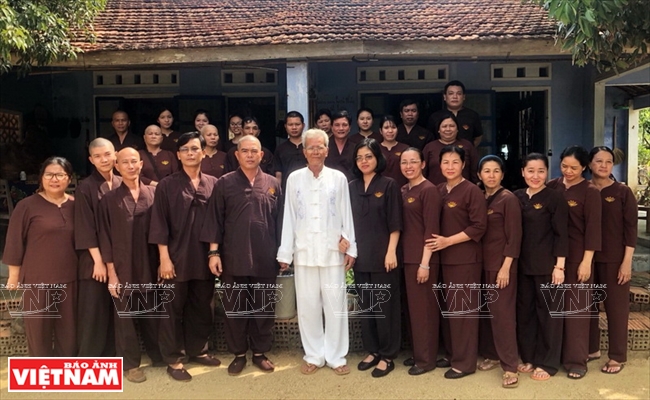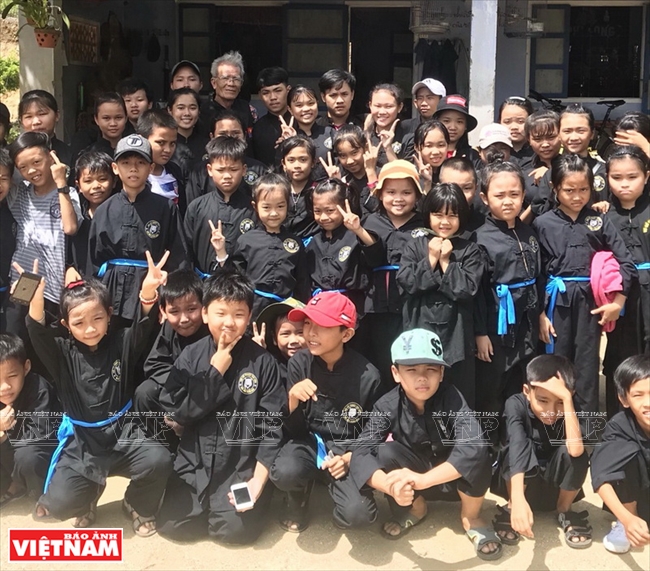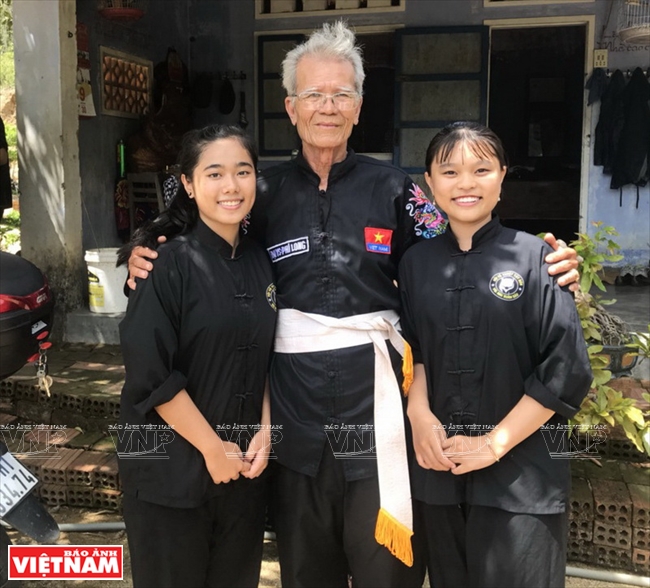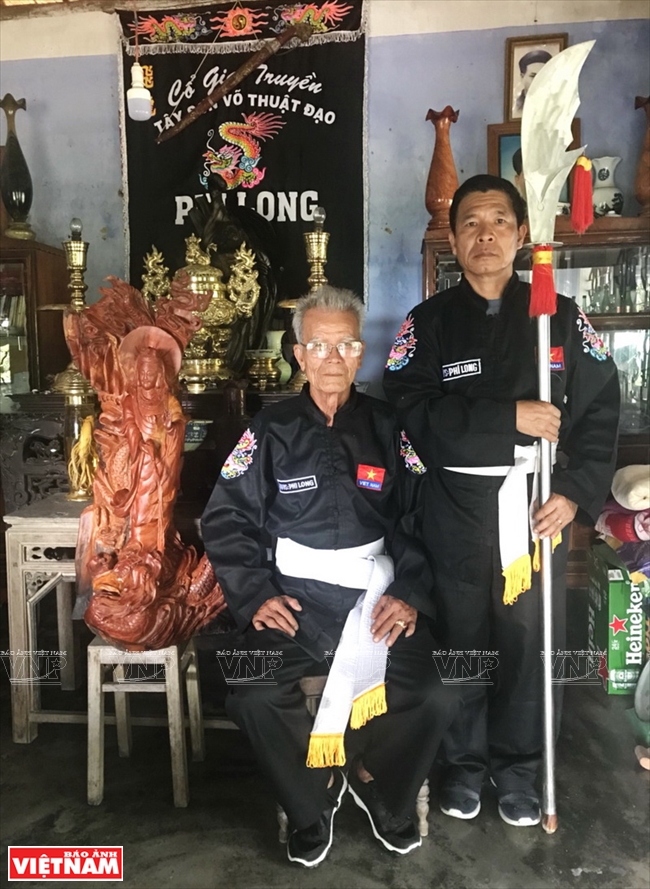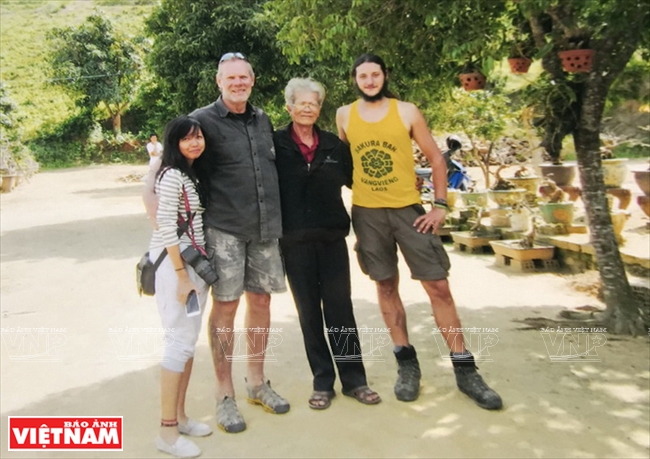Grand master Phi Long’s real name is Tran Quoc Long. He was born in 1944 in a martial arts family in Dong Pho, Tay Son, Binh Dinh province. His grandfather, father and uncle were well-known martial artists in the region. Long learned his first martial arts lessons from his uncle when he was six. When he was 10, Long was sent to La San Kim Phuoc seminary in Kon Tum but he dropped out to pursue his true aspiration, the martial arts.
|
Grand master Phi Long, the martial arts champion of Indochina. Photo: Thanh Hoa |
Knowing his talent and desire, Long’s father, Tran Nghia Sy, invited to his home the best martial artists in the region to teach his son but that did not seem enough for Long. Just a short time later, Long left home for Phu Cat district to learn from famous martial arts master Huynh Lieu or Huong Kiem Kinh.
After studying with master Huynh Lieu for five years, Phi Long started getting involved in competitions and immediately became popular in Binh Dinh because he could defeat much bigger rivals, including Minh Tinh, Thanh Cong, Tran Can and Thai Binh, who were 10-20 kilos heavier than Long.
Long then went to the central highlands, Saigon and the southwestern region to compete under different names such as Ly Quoc Long, Huynh Long, Minh Long and Phi Long.
Long’s career reached its peak in the 1960s when he became Vietnam’s martial arts champion in 1966 after defeating Tran Cuong from Bien Hoa. Two years later, he seized the Indochina championship title after defeating the martial artist from Cambodia where the event was held.
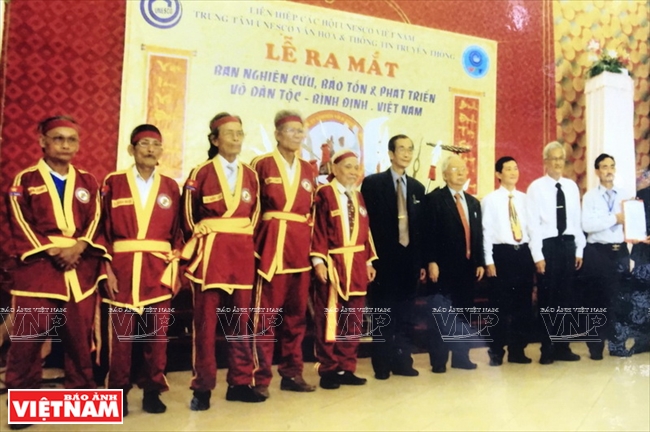 Master Long (fourth from left) is a member of the Committee for Study, Preservation and Development of Traditional Martial Arts in Binh Dinh. Photo: Files |
Master Long’s ups and downs in life were all associated with martial arts. In 1967, he survived a murder attempt by losing bettors after he won a competition in Bien Hoa. In 1968, he was shot by friends of a Cambodian martial artist who was knocked out by Long in a match in Kon Tum.
After 1975, master Phi Long became the chairman of the Martial Arts Association of Tay Son district, Binh Dinh. In 1980, he was invited by the Sports Department of former Nghia Binh province to be the coach of the provincial martial arts team. Long is now a member of the Committee for Study, Preservation and Development of Traditional Martial Arts in Binh Dinh.
After devoting his life to developing the martial arts in Binh Dinh in particular and Vietnam in general, the old martial artist has now chosen the peak of An Khe pass in Binh Dinh to build a temple dedicated to the forefathers of the Vietnamese martial arts. This is where he studies and promotes the learning of traditional martial arts. The reason Long chose An Khe is that the pass is in the middle of the lower and higher parts of Tay Son, the homeland of Binh Dinh martial arts. Master Long is called rong den quy an (hiding black dragon) by martial arts lovers in the region.
At the age of 75, master Long still practices the martial arts, which helps him maintain his good health. He often drives a motorbike around the region for hundreds of kilometers, which shows the “supernatural” power of a master martial artist.

